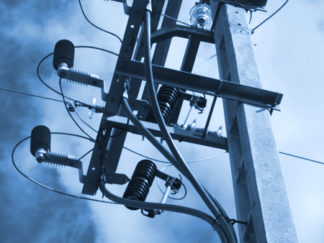Description
Introduction and Summary Observations – page 4
Responders by Category – page 5
1. Please indicate the approximate number of feeders on your system that operate at the following voltages: 4kV, 13kV/15kV, 22kV/26kV, 33kV/38kV – page 7
2. Approximately what percentage (%) of all your feeders have both fully automatic and SCADA controlled sectionalizing switches/reclosers installed? – page 8
3. Approximately what percentage of all your feeders have Fault Detection Isolation Restoration (FDIR)/Fault Location Isolation Service Restoration (FLISR)? – page 10
4. Currently, what percentage of your feeders support integrated Volt/VAR control (VVC) / Volt Var Optimization (VVO) / or Conservation Voltage Reduction (CVR)? – page 12
5. By 2017, what percentage of your feeders will support integrated Volt/VAR control / Volt Var Optimization / Conservation Voltage Reduction? – page 14
6. What is driving your decision for VVO? Check all that apply. – page 16
7. Where are the controls located for FDIR/FLISR on your distribution system? – page 19
8. In the future, where do you anticipate the controls to be located for FDIR/FLISR? – page 21
9. Where are the controls located for Volt/Var control on your distribution system? – page 23
10. In the future, where do you anticipate the controls to be located for Volt/Var control? – page 25
11. Does your utility use automatic fault sensing (AFS) devices (hot line status, fault indicators) in your feeder design? – page 27
12. If you do use automatic fault sensing, do you utilize the status of the communicating automatic fault sensing devices in your distribution automation applications? – page 29
13. Have you integrated any communication/controls for distributed generation (DG) into your DA system architecture? – page 31
14. Are you considering a trial deployment to manage distributed energy resources – DER – (e.g. inverters, energy storage, EV chargers, etc.) within the DA system? – page 33
15. Does your utility integrate sensing and/or Volt/Var control at the LV side of the distribution transformer within the DA system? – page 35
16. Does your utility plan to use sensing and/or Volt/Var control at the LV side of the distribution transformer to support any of the following applications? – page 37
17. What other DA applications use the same telecommunications infrastructure being used by feeder automation? – page 39
18. How are you notified of a feeder main fault event? – page 41
19. Does your utility run distributed software applications (like S&C Intelliteam II, L+G Grid Stream; SCADA center product suite, Cooper/Yukon Feeder Automation, G&W/Survalent Lazer Automation) – page 43
20. Are you using any multi-service networks (MSNs) for DA applications? (i.e. security monitoring and field crew comms on the same network, or power quality monitoring and asset management on the same network, etc.) – page 45
21. If you are using any multi-service networks, please identify which DA applications are on the same network – page 47
22. Please specify “other” DA applications per network from the previous question – page 49
23. What type of communications networks do you use for DA backhaul? – page 50
24. What type of communications networks do you use for DA last mile? – page 53
25. What vendors are you using on (or associated with) your DA communications networks? – page 56
26. Do you use a centralized (control center based) tool for communication network management and security management? – page 59
27. Please check any of the following functions you would like to have integrated into a communications/security management tool for MV Feeder Device management (like recloser controller, capacitor bank controllers, remote controlled switch). – page 61
28. Do you currently use/plan to use encryption on your communications network for DA? – page 63
29. Do you plan to upgrade the existing Feeder Automation network to a newer, wireless technology that allows for features like higher bandwidth, IP enabled radios (i.e. 4G, LTE or WIMAX) by the end of 2017? – page 65
30. If you do plan on upgrading your Feeder Automaton network, which wireless technology do you plan to use? – page 67
31. Please provide an estimate of your TOTAL budget for DA projects for the years 2015-2017 – page 69
32. For 2015, what percentage of that total budget applies to the applications listed below? – page 72
33. For 2016, what percentage of that total budget applies to the applications listed below? – page 74
34. For 2017, what percentage of that total budget applies to the applications listed below? – page 76
Average breakout of spending for key DA applications over 2015-2017 – page 78
35. For the 2015-2017 time frame, please estimate (as a % of the total budget) how your total DA expenditures will be allocated among these three categories – page 79
36. Do you currently use/plan to use bi-directional regulators or reclosers on your system? – page 80
37. Do you currently use/plan to use dynamic protection (real time modification of protection settings) on your system? – page 82
38. Do you use or plan to use a centralized based ADMS FDIR/FLISR to manage field devices for distribution automation ? – page 84
39. Do you use or plan to use a centralized based ADMS VVC/VVO to manage field devices for conservation voltage reduction? – page 86
Utilities Participating in the Study – page 88

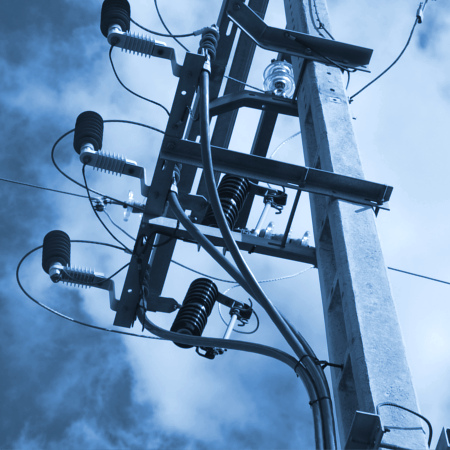
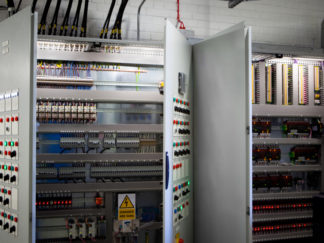
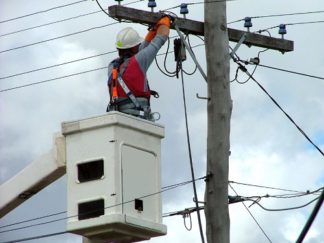
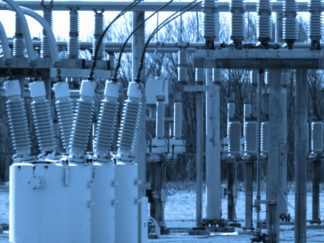
 summary reviews and highlights from completed studies
summary reviews and highlights from completed studies

